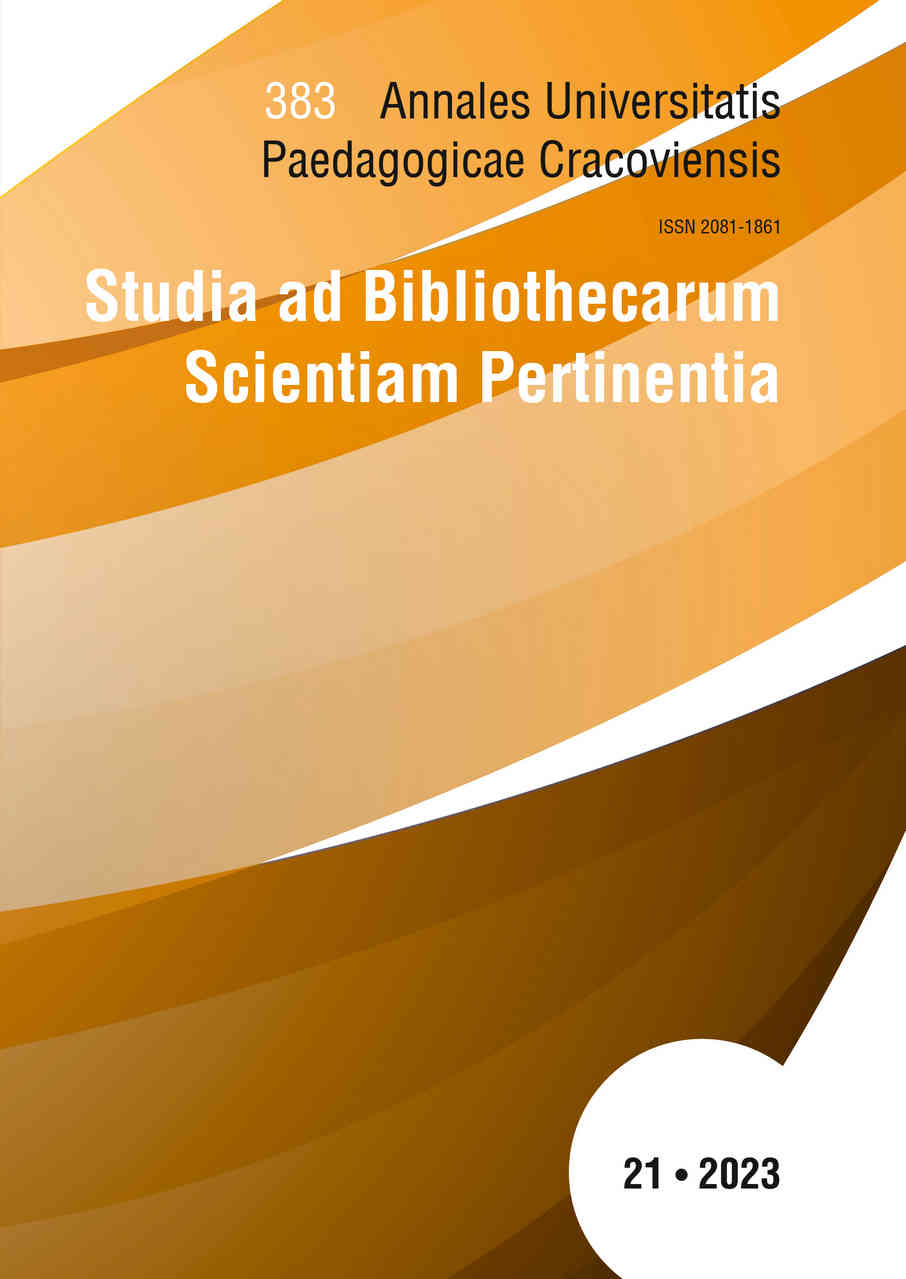ChronoPress Polish press corpus as infrastructure and tool of media studies
DOI:
https://doi.org/10.24917/20811861.21.25Keywords:
press, time series, ChronoPress, digital humanities, Poland under communismAbstract
The aim of this article was to discuss new methods of researching the printed press using digital humanities tools. The goal of these methods is to reintroduce the cognitively valuable resources of the digital press into scientific circulation. As one practical solution, the authors of this article proposed the ChronoPress corpus, which includes a representation of the communist press and a rich selection of analytical tools. The genesis, design principles, and main features of ChronoPress were discussed. Moreover, several scenarios for the use of this infrastructure demonstrating its exploratory capabilities were presented. Particularly important here are lexical time series, which allow us to discover the dynamics of processes developing over time and ChronoPress applications can be seen in the form of interactive charts that run a generator of lexeme concordances at specific points on the chronological axis. The corpus is annotated morphosyntactically and semantically (basic categories) and currently covers the years 1945-1966.
References
A Companion to Digital Humanities, red. S. Schreibman, R.G. Siemens, J. Unsworth John, John Wiley & Sons, Blackwell Companions to Literature and Culture, New York 2008.
A Companion to Digital Literary Studies, red. R.G. Siemens, S. Schreibman Susan, John Wiley, Blackwell Companions to Literature and Culture, New York 2013.
Belej O., Sojka-Masztalerz H., Ojkonimia ukraińska w kontekście procesów dekomunizacyjnych Europy środkowo-wschodniej końca XX – początku XXI wieku, „Onomastica” 2018, nr LXII, s. 259–272.
Flaounas I., Ali O., Lansdall-Welfare T., De Bie T., Mosdell N., Lewis J., Cristianini N., Research Methods in the Age of Digital Journalism, “Digital Journalism” 2013, nr 1:1, s. 102–116.
Marcińczuk M., Kocoń J., Janicki M., Liner2 – A Customizable Framework for Proper Names Recognition for Polish, [w:] Intelligent Tools for Building a Scientific Information Platform, red. R. Bembenik, Ł. Skonieczny, H. Rybiński, M. Niezgódka, Springer, Berlin–Heidelberg 2013, s. 231–253.
Michel J.-B., Shen Y.K., Aiden A.P., Veres A., Gray M.K., The Google Books Team, Pickett J.P., Hoiberg D., Clancy D., Norvig P., Orwant J., Pinker S., Nowak M.A., Lieberman A.E., Quantitative Analysis of Culture Using Millions of Digitized Books, “Science” 2011, nr 331, s. 176–182.
Noszczak B., Polityka państwa wobec Kościoła rzymskokatolickiego w Polsce w latach 1944–1956, [w:] Polski wiek XX, t. 3, red. K. Persak, P. Machcewicz, Bellona i Muzeum Historii Polski, Warszawa 2010, s. 137–166.
Od Gutenberga do Zuckerberga. Wstęp do humanistyki cyfrowej, red. A. Pawłowski, Universitas, Kraków 2023.
Pawłowski A., Humanistyka cyfrowa: geneza, zakres, cele i perspektywy, [w:] idem, Od Gutenberga do Zuckerberga. Wstęp do humanistyki cyfrowej, Universitas, Kraków 2023a. Pisarek W., Frekwencja wyrazów w prasie: wiadomości – komentarze – reportaże, Ośrodek Badań Prasoznawczych, Kraków 1972.
Pisarek W., Analiza zawartości prasy, Ośrodek Badań Prasoznawczych, Kraków 1983.
Radziszewski A., A Tiered CRF Tagger for Polish, [w:] Intelligent Tools for Building a Scientific Information Platform, red. R. Bembenik, Ł. Skonieczny, H. Rybiński, M. Niezgódka, Springer, Berlin–Heidelberg 2013, s. 215–230.
Downloads
Published
How to Cite
Issue
Section
License
Copyright (c) 2024 AUPC Studia ad Bibliothecarum Scientiam Pertinentia

This work is licensed under a Creative Commons Attribution 4.0 International License.

